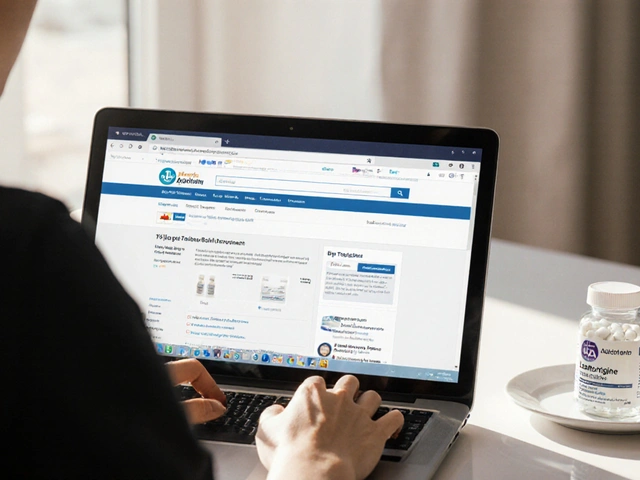
Drug Interaction Guide: What You Need to Know
Ever wonder why a doctor warned you about mixing certain pills? That’s a drug interaction – when two medicines (or a med and food) affect each other's performance. It can make one drug weaker, boost another’s strength, or cause nasty side effects. Knowing the basics saves money, trips to the ER, and a lot of hassle.
First off, not every combination is dangerous. Some drugs are designed to work together, like an antihistamine with a decongestant for cold relief. The trouble starts when you add over‑the‑counter items or supplements without checking. Think about ibuprofen (a common painkiller) and sertraline (Zoloft). Mixing them can increase bleeding risk because both affect platelet function. That’s why the label often says, “Avoid taking with other NSAIDs.”
Common Drug Interactions You Might Encounter
Here are a few pairings that pop up a lot:
- Blood thinners + aspirin or ibuprofen: Heightened bleeding risk.
- Antidepressants (SSRIs) + certain pain meds: Can trigger serotonin syndrome, which feels like shaking, fever, and confusion.
- St. John’s Wort + birth control pills: The herb speeds up hormone breakdown, making the pill less effective.
- Diabetes meds (metformin) + certain antibiotics: May cause low blood sugar or stomach upset.
If any of these sound familiar, pause before you combine them. A quick check on a reliable site or a call to your pharmacist can clear things up in minutes.
How to Manage & Prevent Interaction Problems
1️⃣ Keep an updated list. Write down every prescription, OTC drug, herb, and supplement you take. Update it whenever a new item is added.
2️⃣ Ask before adding anything. Whether it’s a vitamin for energy or a pain reliever after a workout, let your doctor or pharmacist know what’s already in your system.
3️⃣ Use one pharmacy. When you fill all scripts at the same place, the pharmacist can run an interaction check automatically.
4️⃣ Read labels. Look for warnings about “Do not take with” or “May increase risk of.” Even a tiny note can prevent a big problem.
5️⃣ Watch for symptoms. Unexpected bruising, dizziness, rapid heartbeat, or severe stomach pain after starting a new combo should trigger an immediate call to your doctor.
Remember, timing matters too. Some drugs need a gap of several hours between doses; others are fine together if taken with food. For example, taking calcium supplements right before a thyroid medication can block absorption – wait at least four hours.
Finally, technology can help. Many pharmacy apps let you scan a pill bottle and instantly see interaction alerts. Use them as a safety net, not a substitute for professional advice.
Bottom line: drug interactions are common but manageable. By staying organized, asking questions, and using the tools at your fingertips, you keep your treatment effective and your body safe. Got a specific combo you’re unsure about? Drop a comment or give us a shout – we love helping you stay healthy.
-
8 Jan







